“Tensions are running high as India takes a bold stance against its long-standing rival, Pakistan. In a move that’s sending shockwaves across the globe, the Indian military has announced a series of strikes against its neighbor, targeting key locations in Pakistan and the disputed region of Jammu and Kashmir. This daring operation marks a significant escalation in the decades-long conflict between the two nations, and raises questions about the future of regional stability. As news of the strikes breaks, Instachronicles takes a closer look at the dramatic developments and what they might mean for the people of India, Pakistan, and the wider region.”
India-Pakistan Escalation: A Rising Tension in Kashmir

The decades-long history of conflict between India and Pakistan over the disputed region of Kashmir has reached a new high. The recent surge in violence, including the Baisaran Valley attack, has implications for the region and beyond.
History of Tensions
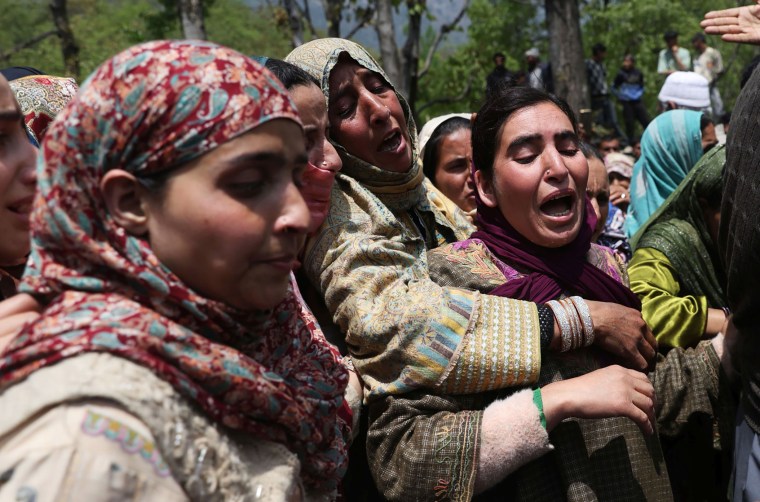
The border lines between India and Pakistan were clearly defined and accepted except for the mountainous state of Jammu and Kashmir, which is among the most militarized places in the world. Both Pakistan and India rule parts of Kashmir and have fought two wars over the region. The partition of India in 1947 led to the deaths of at least an estimated million people while migrating across the newly formed border.
A separatist insurgency in the part of Kashmir controlled by India has killed tens of thousands of people since the 1990s and been a constant source of tension between nuclear powers India and Pakistan. The year opened in violence as Kashmir police blamed militants for a Jan. 1 gunfire attack that killed four people in the southern village of Dhangri, followed by an explosion in the same area the next day that killed a 5-year-old boy and a 12-year-old girl.
Recent Violence
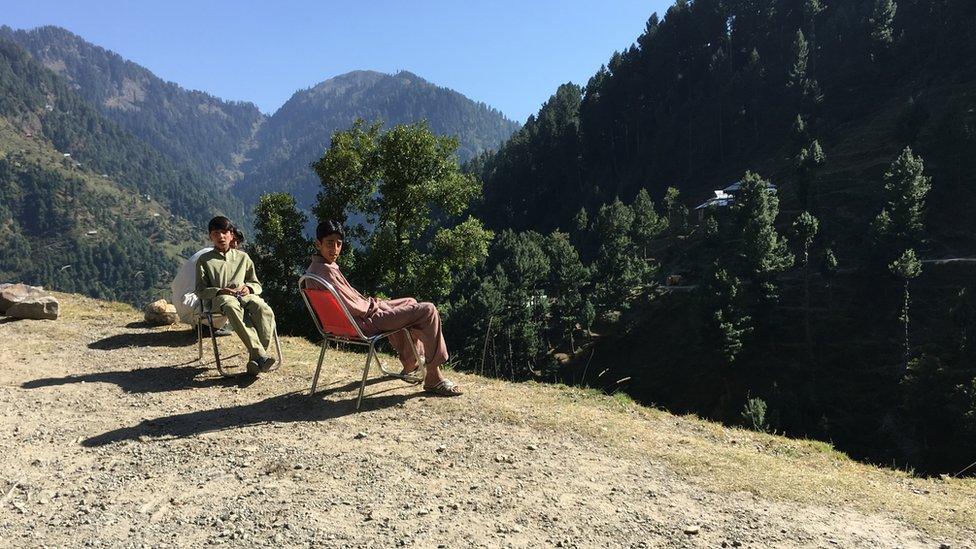
The recent surge in violence, including the Baisaran Valley attack, has implications for the region. The attack near the town of Pahalgam in Kashmir, a disputed Himalayan region that is the only Muslim-majority part of India, has devastated the local tourism industry on which many rely for their livelihood. It also undermined Indian Prime Minister Narendra Modi’s insistence that the security situation had stabilized after a decades-long separatist insurgency.
Escalation and Retaliation
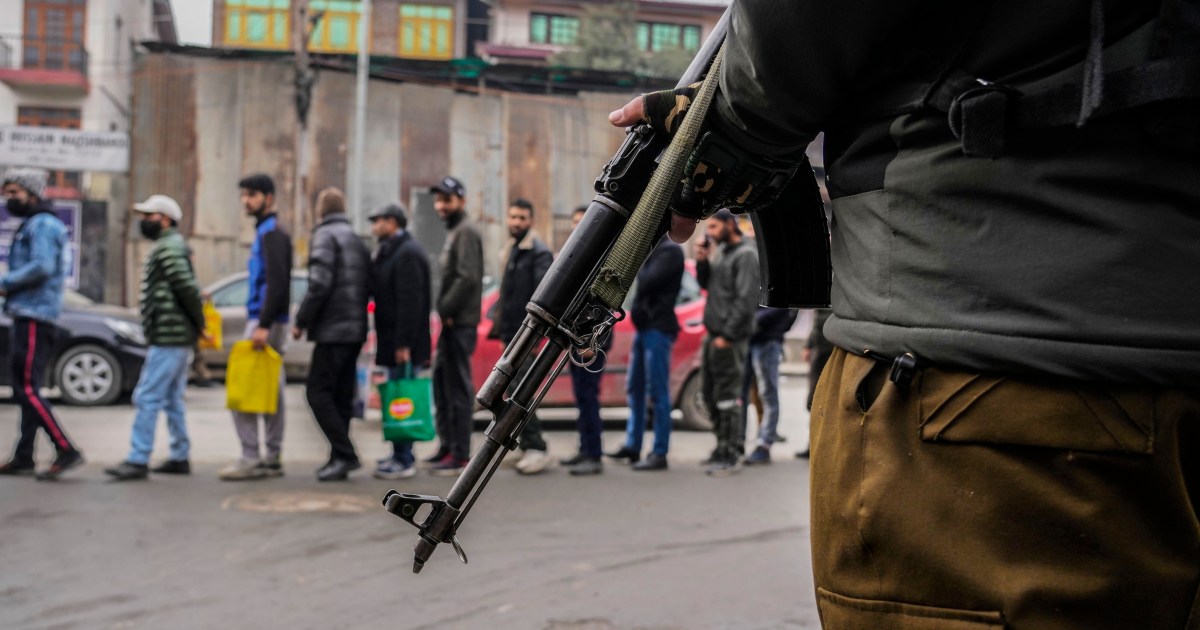
New Delhi has responded with fury, immediately downgrading ties with neighboring Pakistan, which it has long accused of supporting cross-border terrorism. Indian officials say the gunmen had ties to militant groups based in Pakistan, which denies any involvement.
Indian Strikes in Pakistan
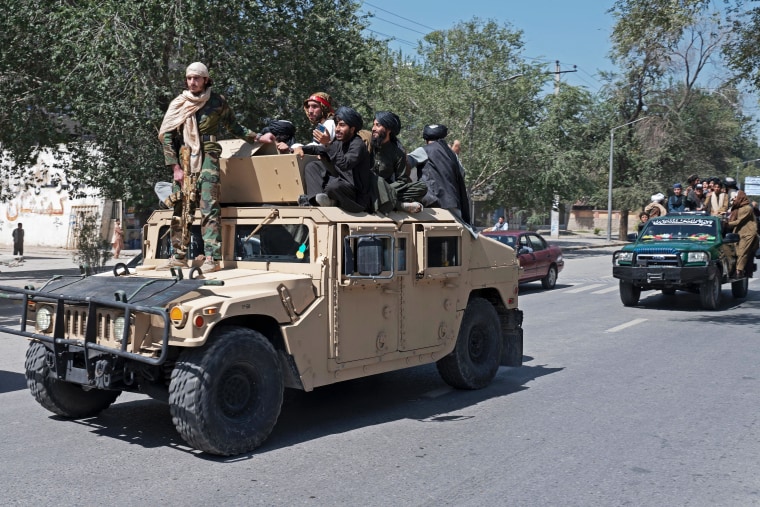
Indian officials claim that Indian strikes in Pakistan and the subsequent retaliatory actions by Pakistani forces have escalated the situation. The family homes of several suspects have been demolished.
Cross-Border Conflict
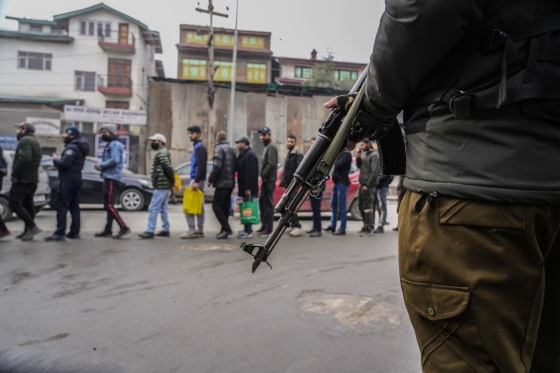
The dynamics of cross-border conflict in Kashmir and the role of militant groups have implications for the region. Relations between the two nuclear powers, which both rule parts of Kashmir and have fought two wars over the region, are now at their lowest point in years after tit-for-tat treaty suspensions and the expulsion of diplomats and civilians.
Military Buildup
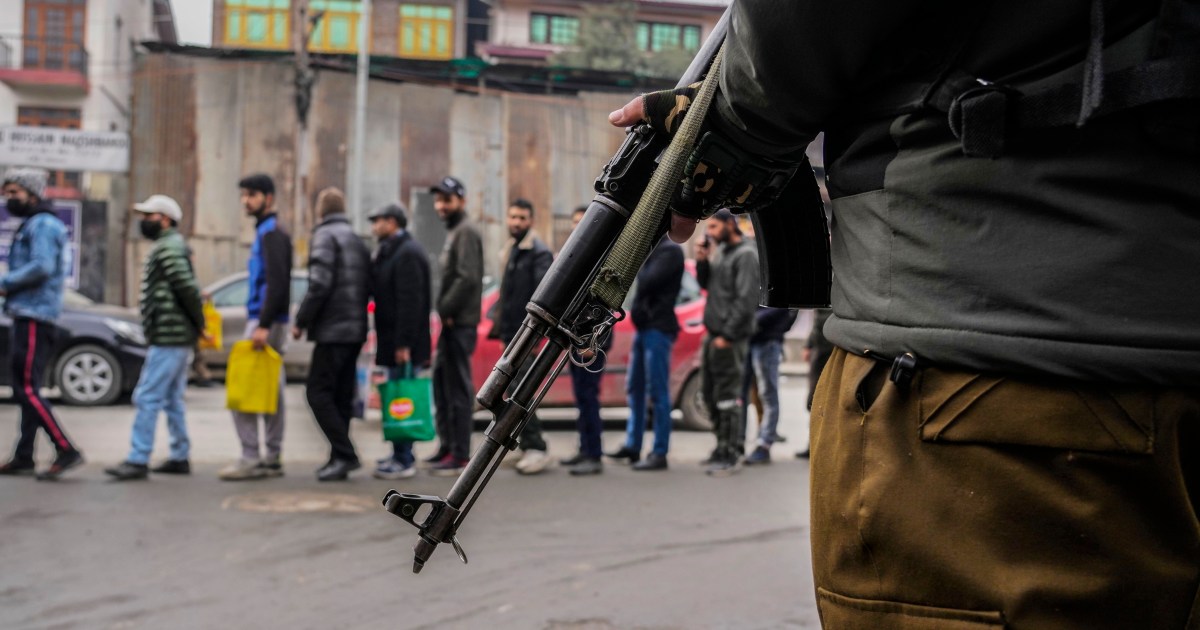
The military buildup on both sides and the potential for further escalation have implications for the region. On Saturday, Indian and Pakistani troops exchanged gunfire for the second day in a row along the Line of Control that divides the two parts of Kashmir.
US Arms in the Conflict
Weapons left behind by U.S. forces during the withdrawal from Afghanistan are surfacing in another conflict, further arming militants in the disputed South Asian region of Kashmir in what experts say could be just the start of the weapons’ global journey.
US-Made Weapons in Kashmir
Authorities in Indian-controlled Kashmir tell Instachronicles that militants trying to annex the region for Pakistan are carrying M4s, M16s and other U.S.-made arms and ammunition that have rarely been seen in the 30-year conflict. A major reason, they say, is a regional flood of U.S.-funded weapons that fell into the hands of the Taliban when U.S.-led NATO forces withdrew from Afghanistan in 2021.
Afghanistan Withdrawal
The withdrawal of U.S.-led NATO forces from Afghanistan in 2021 has implications for the conflict in Kashmir. Most of the weapons recovered so far, officials say, are from Jaish-e-Mohammad (JeM) or Lashkar-e-Taiba (LeT), both Pakistan-based militant groups that the U.S. designates as terrorist organizations.
Global Implications
The implications of the conflict in Kashmir for global security and the potential for the involvement of other nations are significant. Kashmir, a Himalayan region known for its beautiful landscapes, shares borders with India, Afghanistan, and China. A separatist insurgency in the part of Kashmir controlled by India has killed tens of thousands of people since the 1990s and been a constant source of tension between nuclear powers India and Pakistan.
Regional and Global Implications
The impact of the conflict on regional tensions and the potential for further instability are significant. The economic consequences of the conflict and the potential impact on trade and commerce are also significant.
Regional Tensions
The conflict has implications for regional tensions and the potential for further instability. The year opened in violence as Kashmir police blamed militants for a Jan. 1 gunfire attack that killed four people in the southern village of Dhangri, followed by an explosion in the same area the next day that killed a 5-year-old boy and a 12-year-old girl.
Global Security
The implications of the conflict for global security and the potential for the involvement of other nations are significant. The conflict has implications for global security and the potential for the involvement of other nations.
Economic Consequences
The economic consequences of the conflict and the potential impact on trade and commerce are also significant. The conflict has implications for global security and the potential for the involvement of other nations.Analysis and Implications
The role of Indian nationalism in the conflict and the implications for the region are significant. The impact of Pakistan’s weakened military grip on power on the conflict is also significant.
Indian Nationalism
The role of Indian nationalism in the conflict and the implications for the region are significant. Indian nationalism is higher than ever, the Pakistan military’s grip on power has weakened, and the U.S. is no longer in Afghanistan, which analysts say historically deterred violence between India and Pakistan.
Pakistan’s Weakness
The impact of Pakistan’s weakened military grip on power on the conflict is also significant. The Pakistan military’s grip on power has weakened, and the U.S. is no longer in Afghanistan, which analysts say historically deterred violence between India and Pakistan.
US Involvement
The potential for US involvement in the conflict and the implications for global security are significant. The implications of the conflict for global security and the potential for the involvement of other nations are significant.
Conclusion
India’s Military Strikes: A Flashpoint in Regional Tensions
The recent military strikes conducted by India in Pakistan and Pakistan-occupied Jammu and Kashmir have sent shockwaves throughout the region, sparking intense debate and raising significant security concerns. As reported by NBC News, the strikes mark a marked escalation in tensions between the two nuclear-armed nations, with India’s government asserting its right to self-defense and Pakistan denouncing the actions as a blatant aggression. The article highlights the complex historical context and territorial disputes that have long plagued Indo-Pakistani relations, including the contentious issue of Kashmir.
The implications of this development are far-reaching and multifaceted, with potential consequences for regional stability, global security, and the lives of millions of people. As the situation continues to unfold, the international community is closely watching the developments, with many countries calling for calm and restraint. The strikes have also raised questions about the effectiveness of military action as a means of resolving long-standing conflicts and the potential for further escalation.
As the situation continues to evolve, one thing is clear: the consequences of this flashpoint will be felt for years to come. The region is poised on the brink of a new era of tension and uncertainty, one that will require diplomacy, restraint, and a commitment to peaceful resolution. As the world holds its breath, one thing is certain: the future of the region will be shaped by the choices made in the coming days and weeks.
